The Scottish highland midge is probably one of the most numerous and most cursed of all the highland critters. Often confused with midget, it is most definitely pronounced midge (or mi-jee in local dialect). So what are these little swarming devils? Why are they a menace? And how does one protect oneself from their onslaught?
First a little lesson in entomology. The highland midge is a tiny flying insect about the size of a mouse dropping and with a wingspan of only 2-3 millimetres. Only the female of this species bites, and only when preparing to lay its second batch of eggs as it needs the protein in the blood. When its young reach the larval stage they burrow underground. In this state they are able to survive even the harshest winter conditions to wait out their next season of terror!
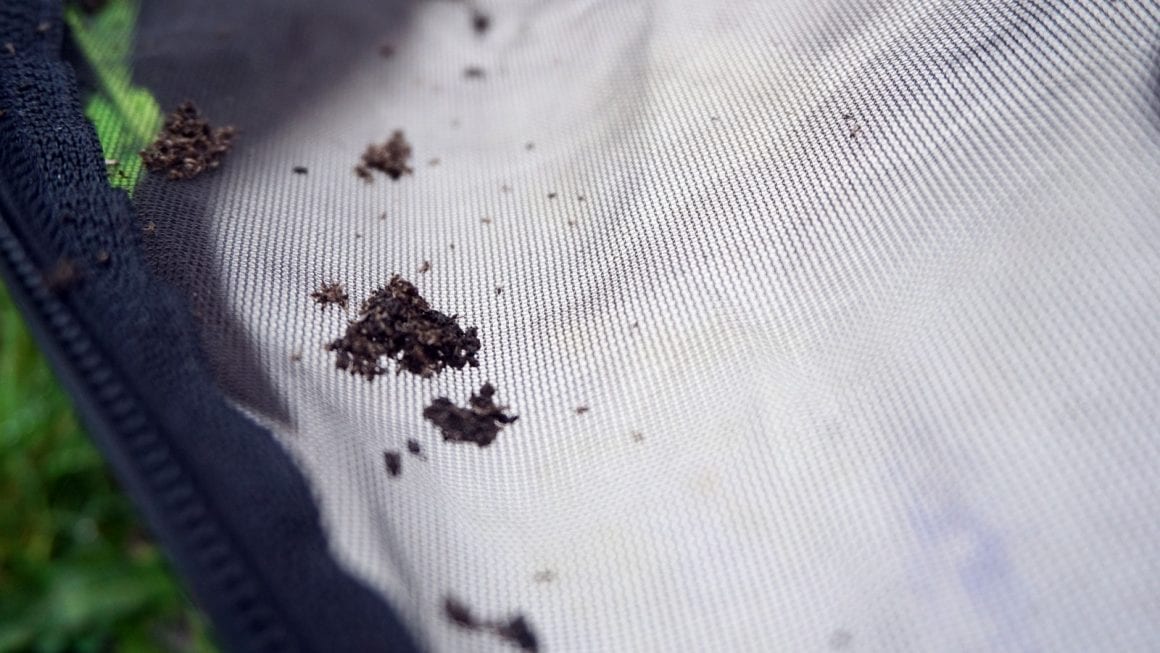
So why exactly are these little buggers a threat to anyone walking the highlands in summer? Well, they tend to flourish in wet, cloudy and swampy areas; this makes the highlands a sort of Disneyland for them. Lots of rain, not too much sun, wet soil and most importantly: almost no predators. While there are bats, dragonflies and frogs around, most of the habitat needed to support these predators has been cut down or cleared in the past few hundred years. This leaves most of the highlands open for exactly the type of terrain midges need, while reducing the population of any potential predators. With many species making a comeback these predators are rising in numbers, but it’s not enough to seriously impact the large midge populations in any way.
Wow, lots of information, I know. Why is this important? Well, for the above reasons midges tend to swarm in rather large numbers. If you’re particularly unlucky you might wander into an area where they number in the hundreds per square metre! Their bite only stings a little, and the resulting itchy red spot on your skin disappears pretty quickly. The discomfort, to put it mildly, lies in the fact that as soon as you stand still, or try to sit down for a rest, these tiny demons swarm up on you and cover any bare piece of skin within seconds, releasing pheromones to attract even more of their kin! You can probably imagine what this does to your state of relaxation when trying to have lunch, tie your shoelaces, pitch a tent or attempting any other kind of activity where you need both hands on the job and not swatting at hundreds of little flying pests trying to eat your face.
So what to do?
Apart from bombing the highlands with napalm or pesticides(an actual idea by one of my hiking buddies), there’s not much you can do in terms of large-scale midge annihilation. It’s best to just deal with it and protect yourself the best you can using one or all of the following time-tested methods!
- Avoid the highlands between May and October. Haha, funny.
- Keep moving. Midges are a bunch of lazy buggers.
- Stay in windy areas. Their weak, puny wings can’t fly in wind speeds exceeding 3 metres/second.
- Climb a hill. They usually are not found anywhere above 700 metres!
- Use midge repellant. One effective brand is Smidge, although many locals swear by a lotion called Avon’s Skin So Soft. These repellants tend to only work well when you’re freshly showered every day, as the midges will come after your body odour anyway!
- Cover your skin. A midge is not a strong biter. Even a thin layer of fabric will prevent them from biting.
- Wear a midge net. This is probably the best way to keep your face midge-free. Take care to use an actual midge net, as regular mosquito nets have wider holes through which the midges can and will enter!
- Check the midge forecast! Yes, there’s actually a special forecast service dedicated to trapping, measuring and warning for midge populations throughout the highlands!
There is one, and only one good thing to be said about the midge though: they keep the highlands nicely wild and rugged. According to many locals, the only reason the highlands aren’t littered with tourist resorts is because of the ever present swarm of midges covering the nicest spots during the summer months and preventing any outsiders from overstaying their welcome.
So thanks, I guess…

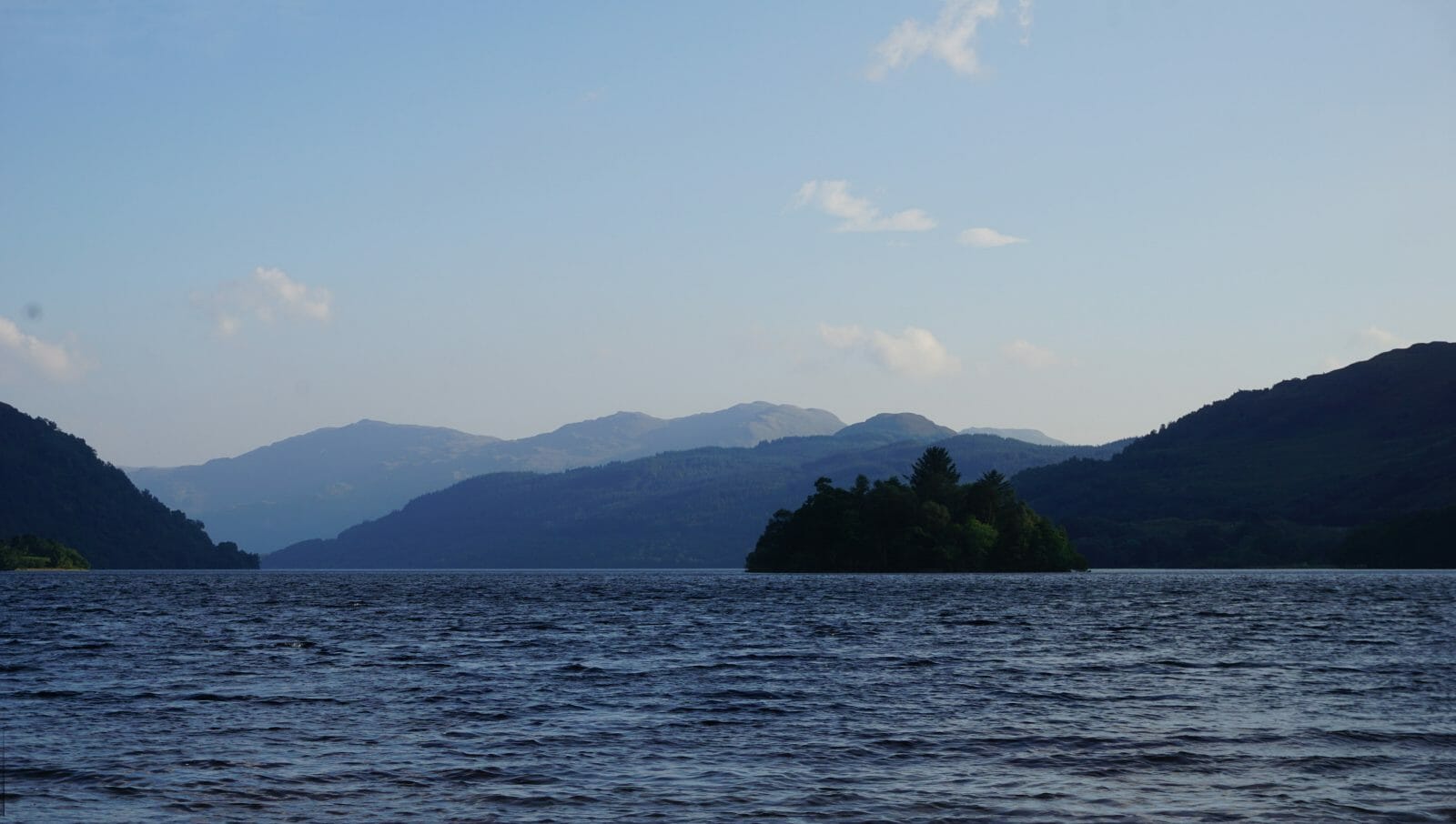
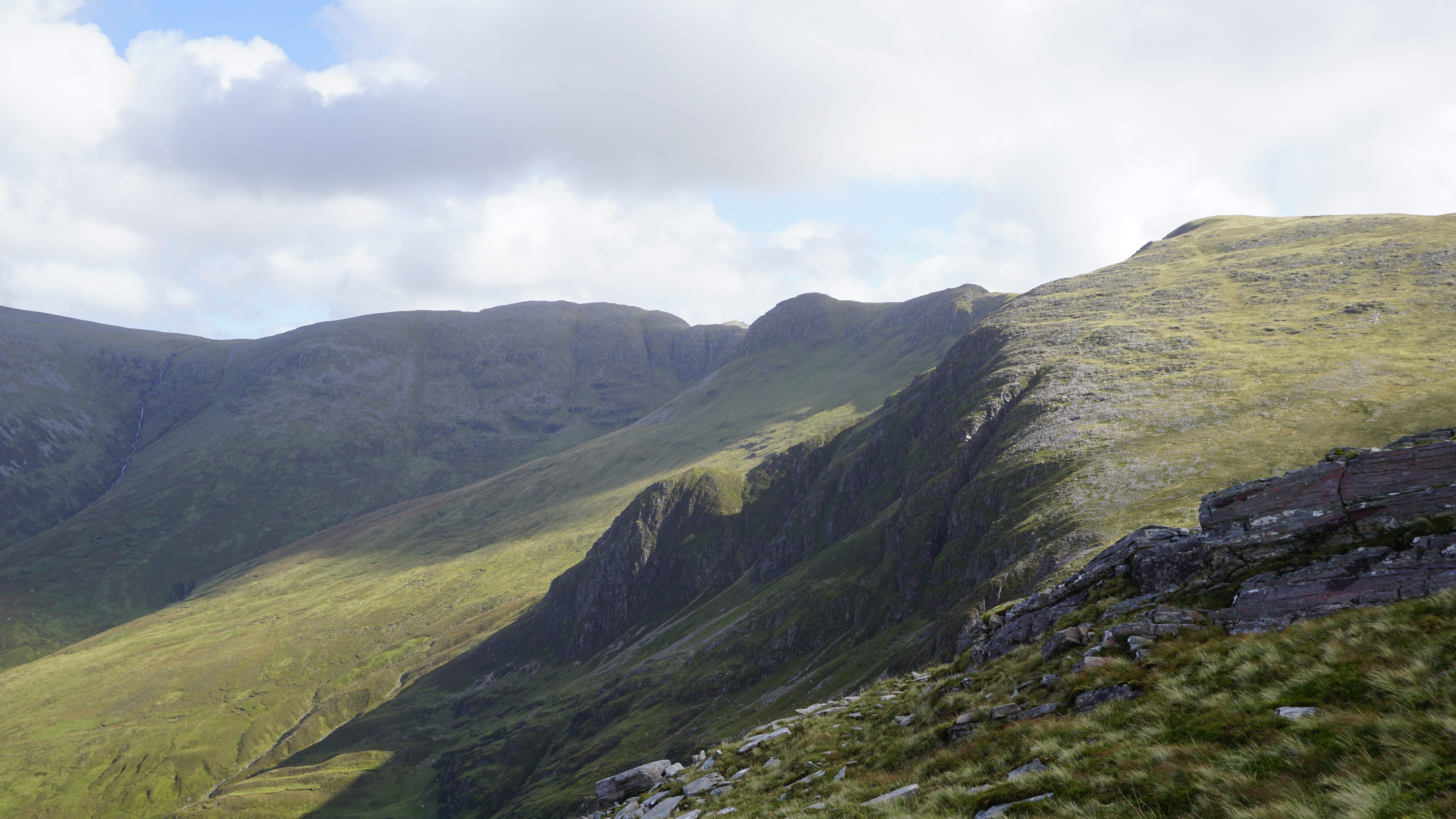
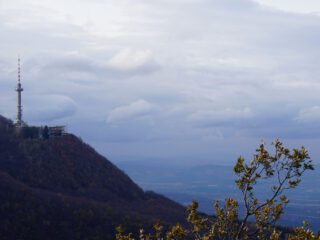

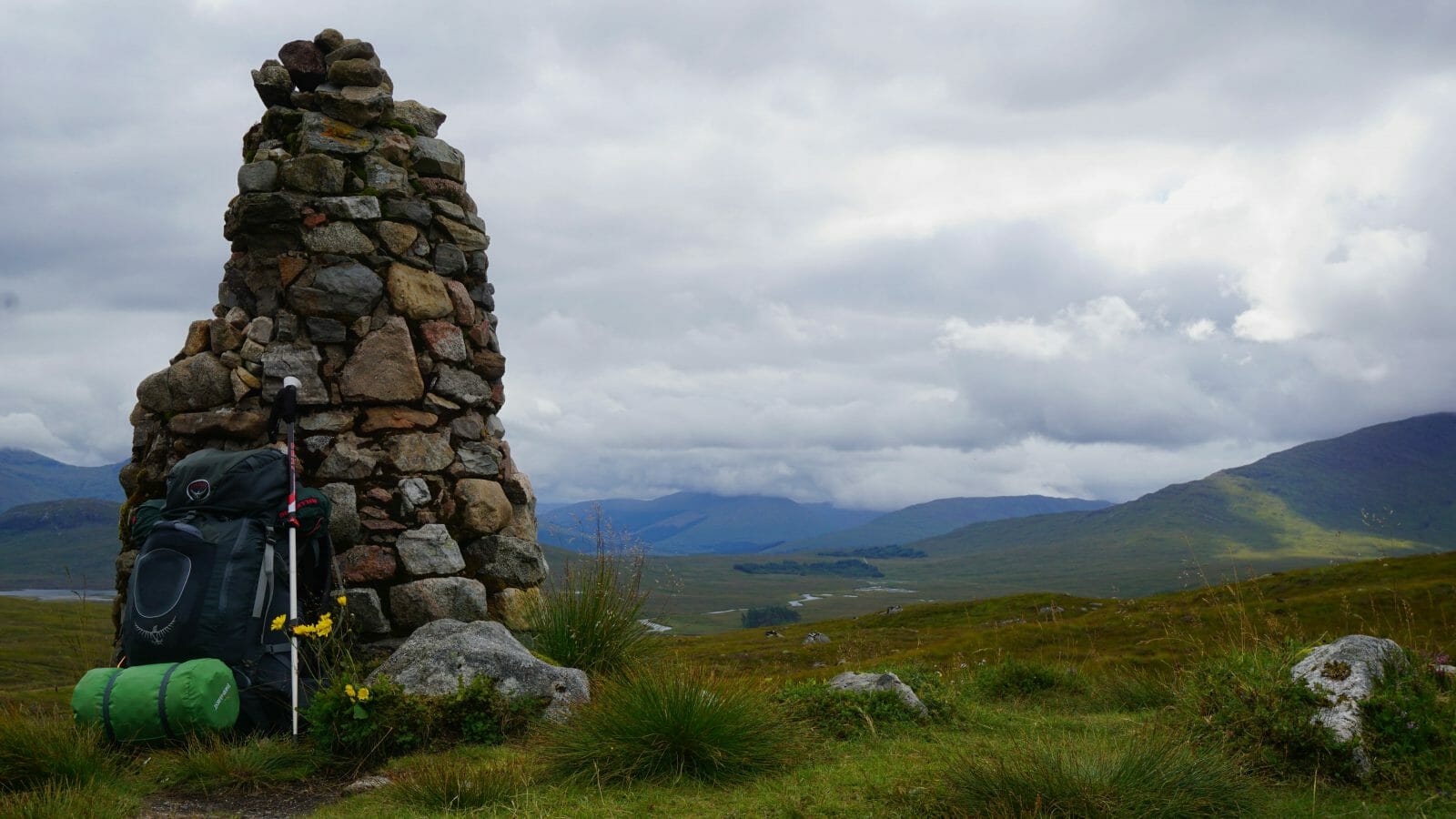


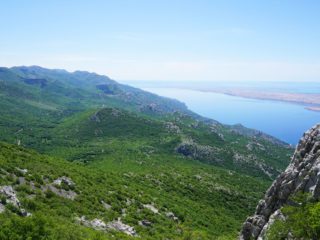

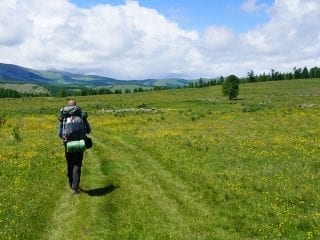
3 comments